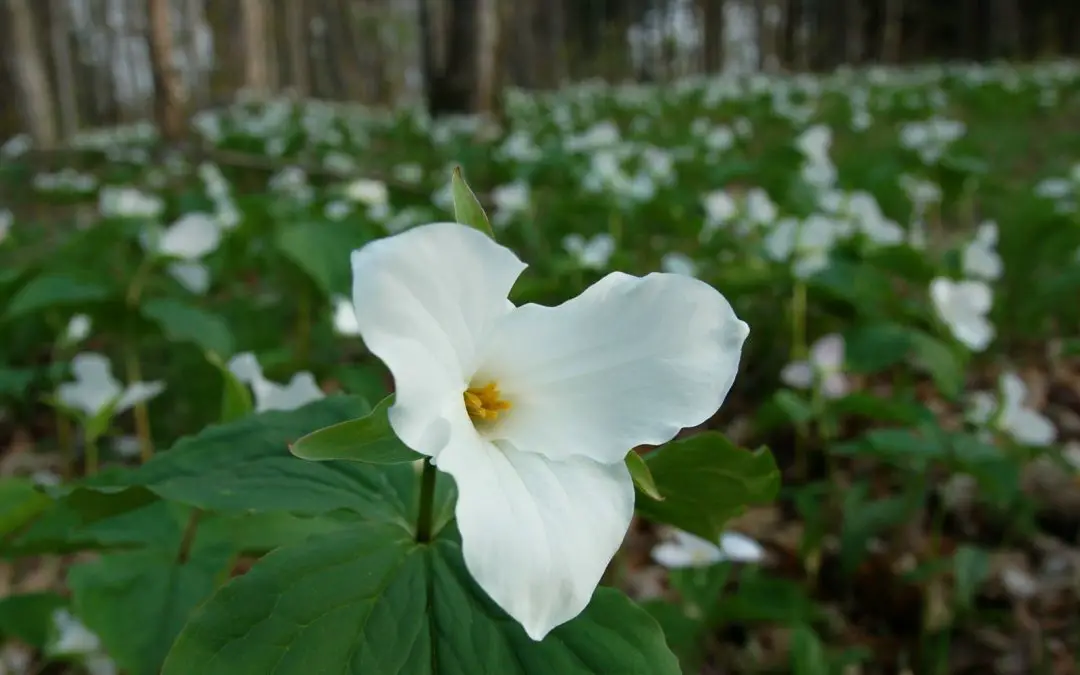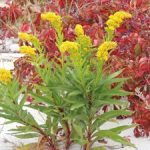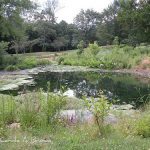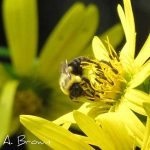After the Polar Vortex, incessant snow storms, never-ending ices storms, sleet, hail, thunder snow, and frigid temperatures of this winter, it’s finally time to get your wildlife garden in shape for the coming early spring season.
The good news is that early spring chores in a wildlife garden don’t take a lot of time and they’re fun!
Exciting stuff happens very quickly in your early spring wildlife garden. Every week, even every day brings something new: a native plant emerging, new blooms, return of the birds, the first butterfly of spring, and so much more.
Spring is a magical time for wildlife gardens. As the weather starts to warm up and the snow melts, the first signs of new life start to appear. It’s a time of rejuvenation and renewal, and as a wildlife gardener, it’s important to get your garden ready for the new season. Here are some early spring chores that you can do to prepare your garden for the months ahead.
Clean up debris – Winter can be tough on a wildlife garden, and the first chore is to clean up any debris that has accumulated over the winter months. This includes fallen branches, dead leaves, and other debris that can provide harborage for pests and diseases. Rake up the debris and dispose of it, or compost it to use as fertilizer for your plants later on.
Prune shrubs and trees – Pruning shrubs and trees in early spring can help to encourage new growth and keep your garden looking its best. Focus on removing any dead, diseased, or damaged branches, and cut back any shrubs that have outgrown their space.
Mulch – Mulch is a great way to conserve moisture in your garden and suppress weeds. In early spring, top up your mulch and spread a fresh layer around your plants to give them the best start to the growing season.
Check your birdhouses and nesting boxes – Spring is the time when many bird species start to think about breeding, so it’s important to check your birdhouses and nesting boxes to make sure they’re in good condition. Clean out any old nests, repair any damage, and make sure they’re securely mounted.
Plant seeds and bulbs – If you’re looking to add new plants to your garden, early spring is the perfect time to start. Plant seeds for annuals and perennials, and bulbs for spring-blooming flowers.
Prepare your soil – Before planting, it’s a good idea to prepare your soil. Remove any weeds, amend the soil with compost or other organic matter, and make sure the soil is loose and well-draining.
Water – With the warmer weather, it’s important to keep your garden hydrated. Regular watering, especially during dry spells, can help to ensure that your plants have the water they need to grow and thrive.
More From Ecosystem Gardening:
Submit your review | |








